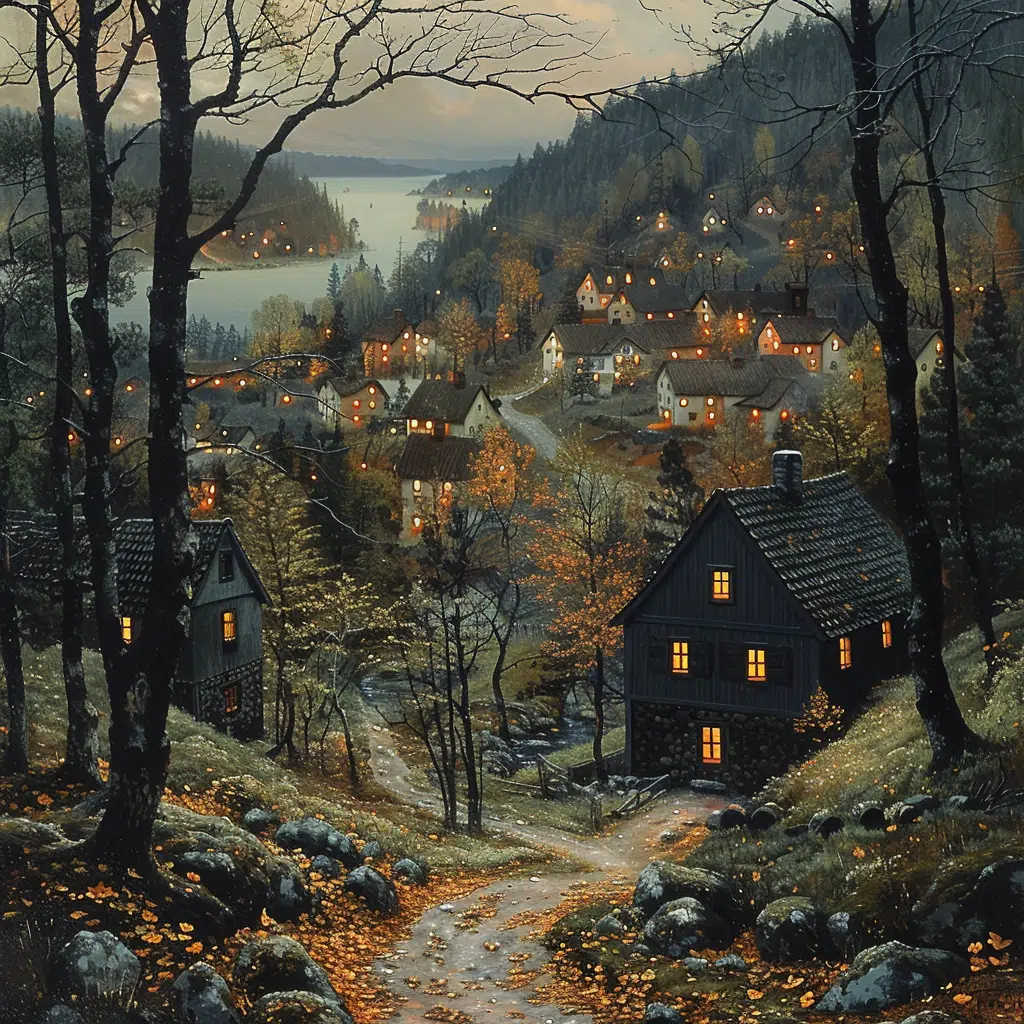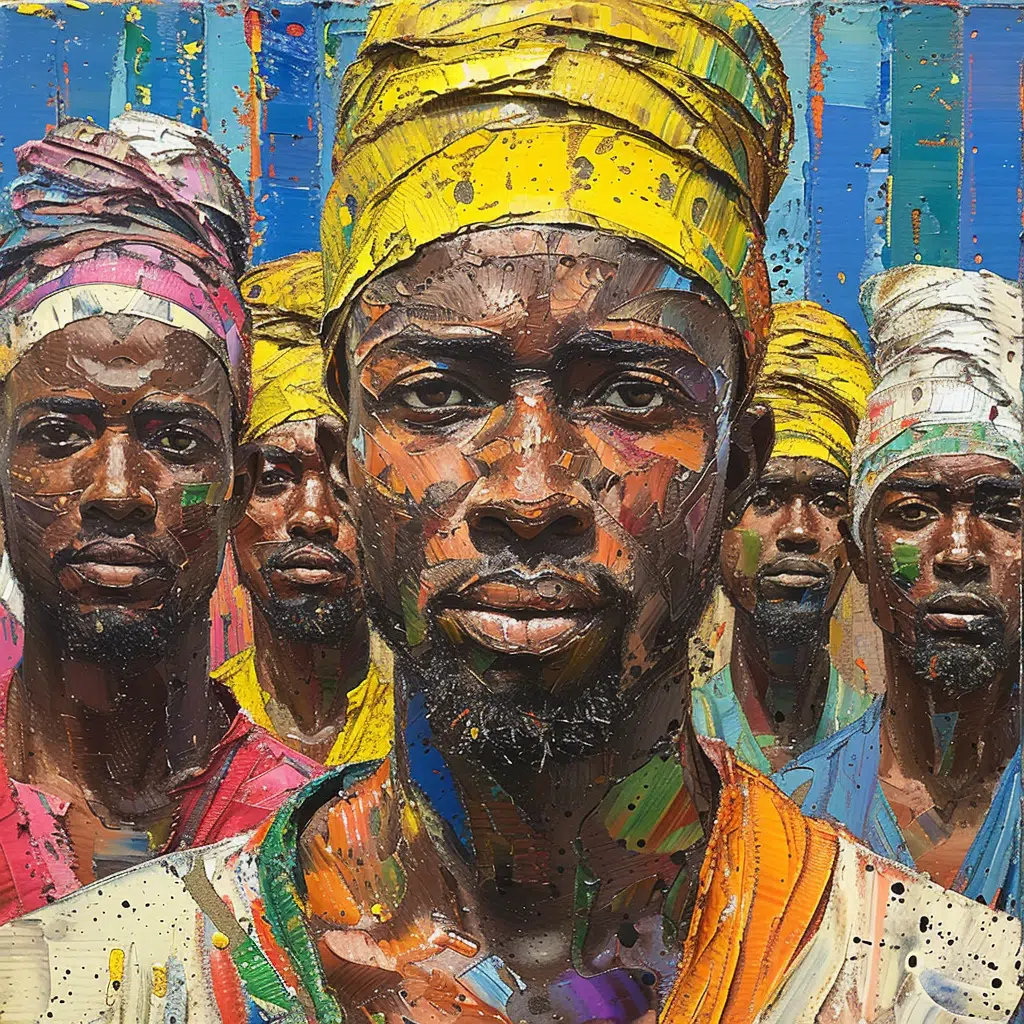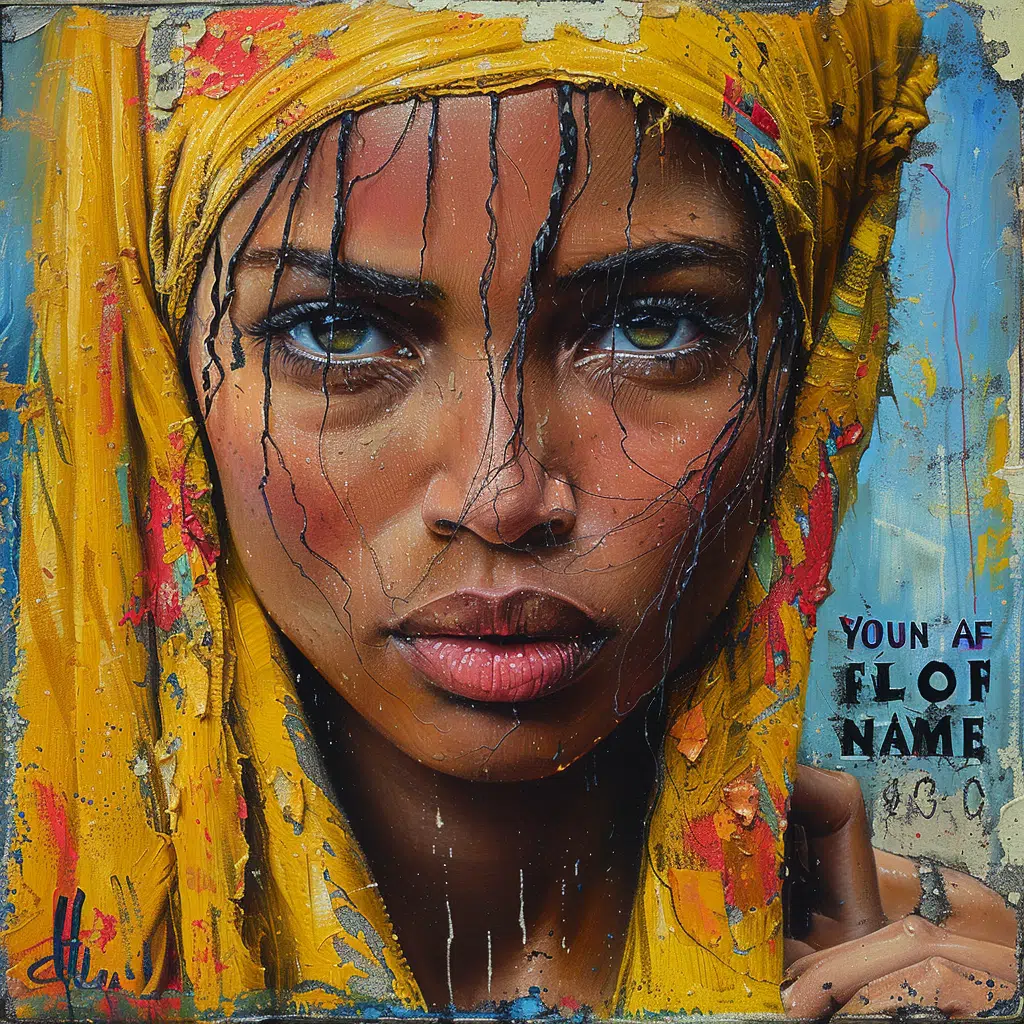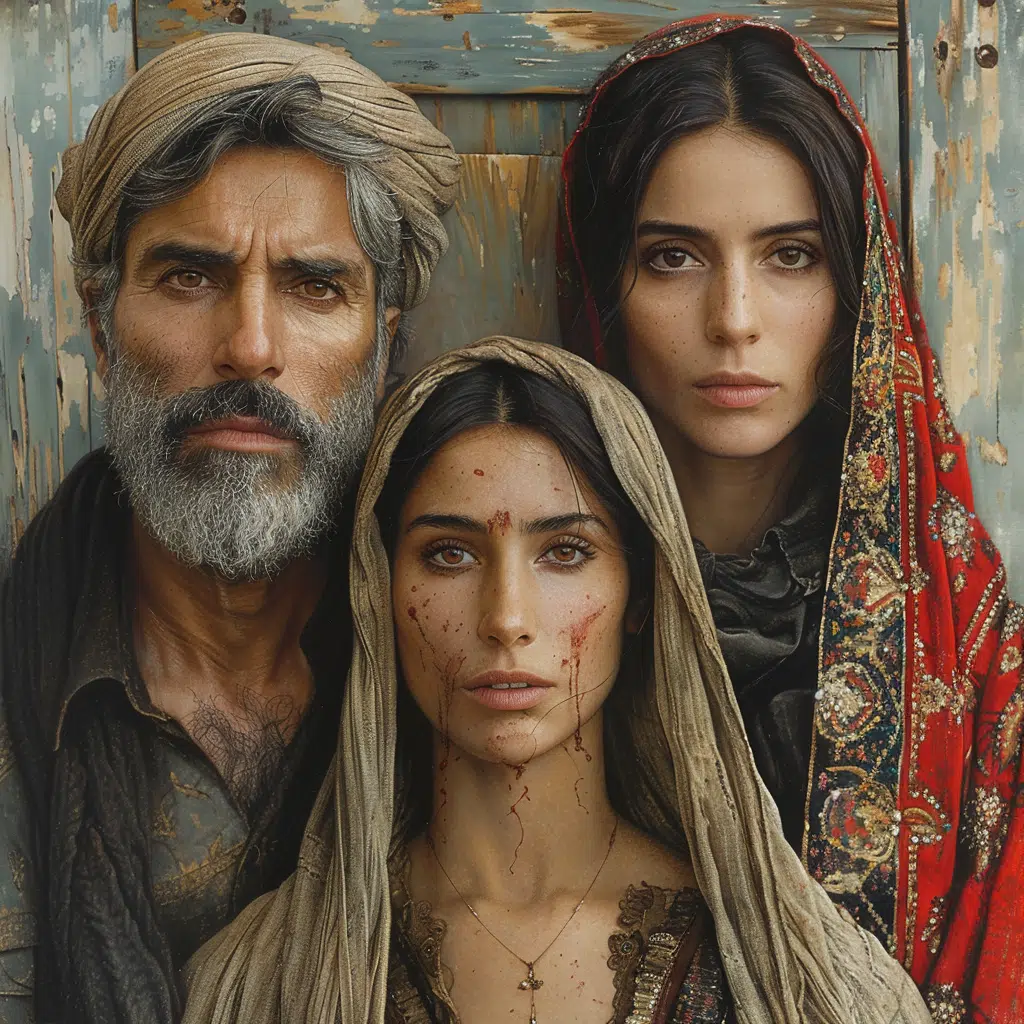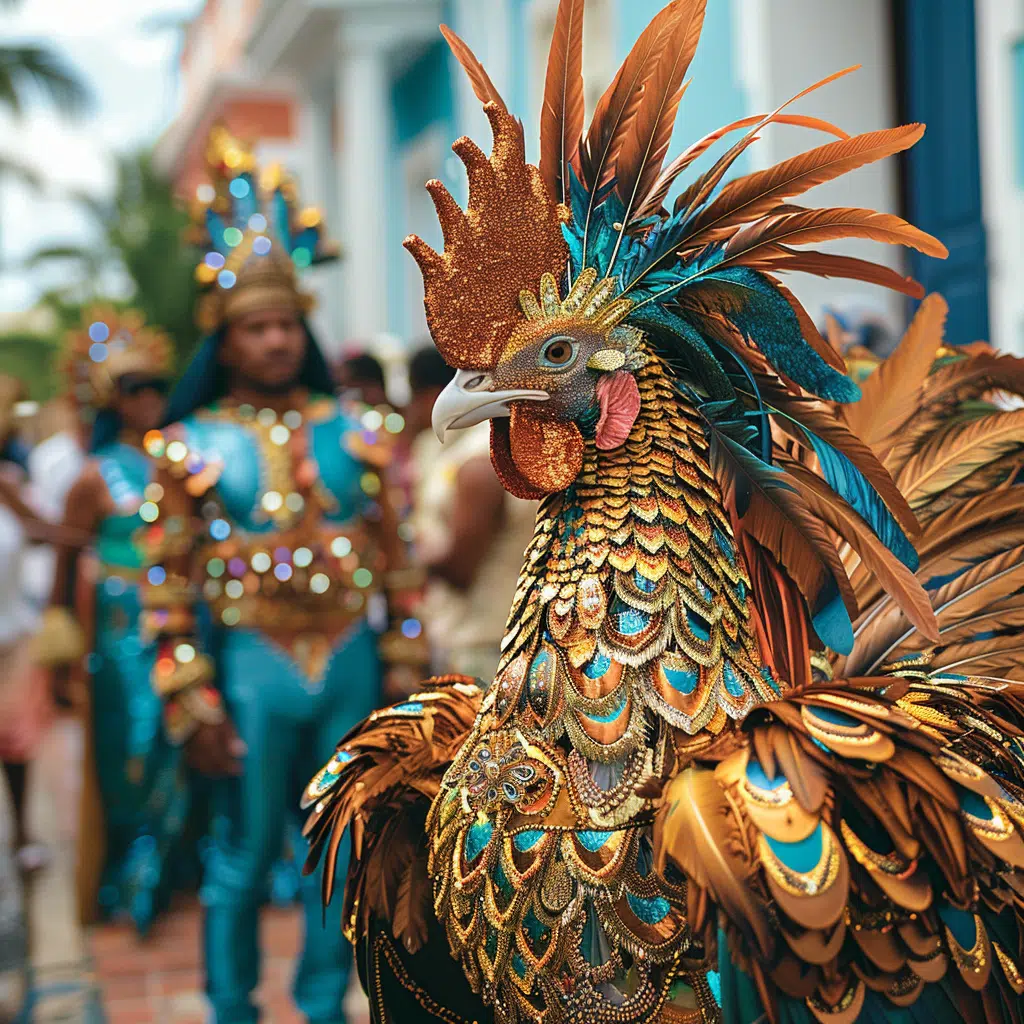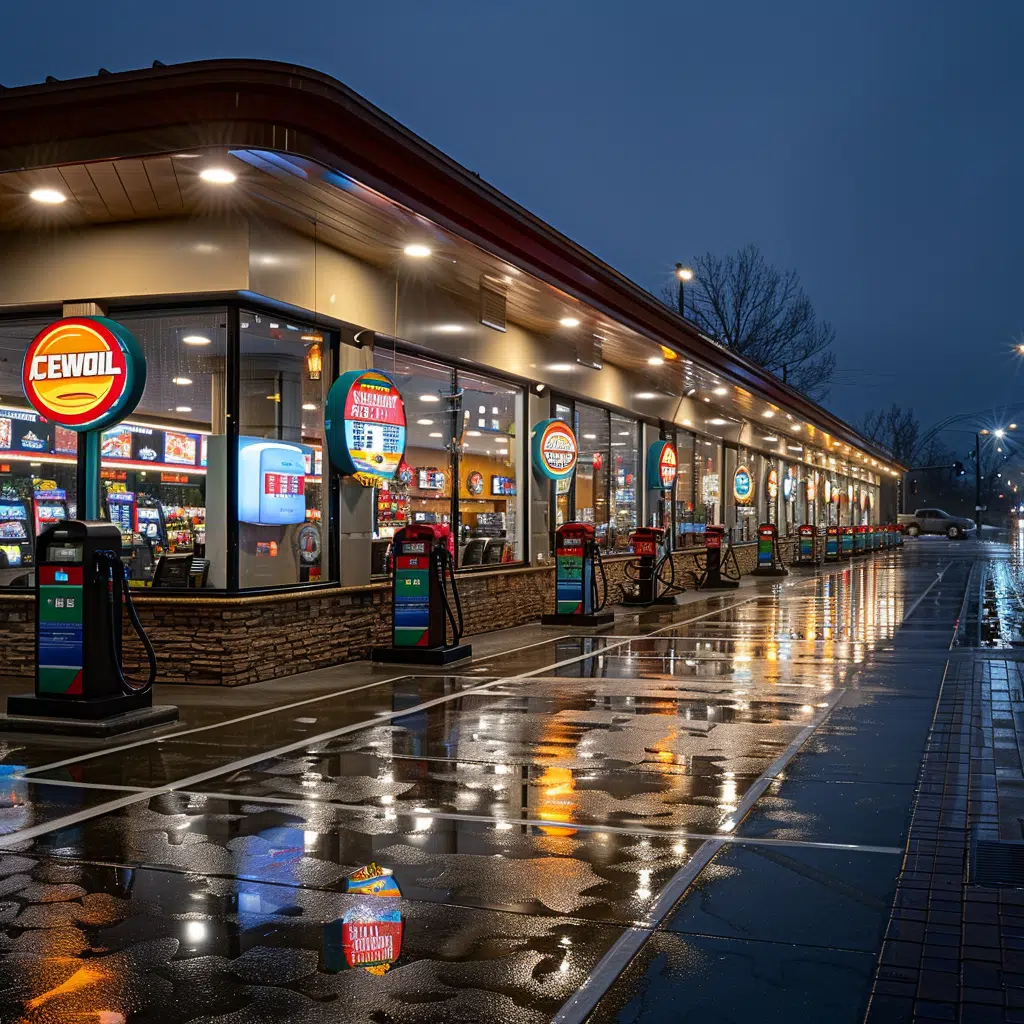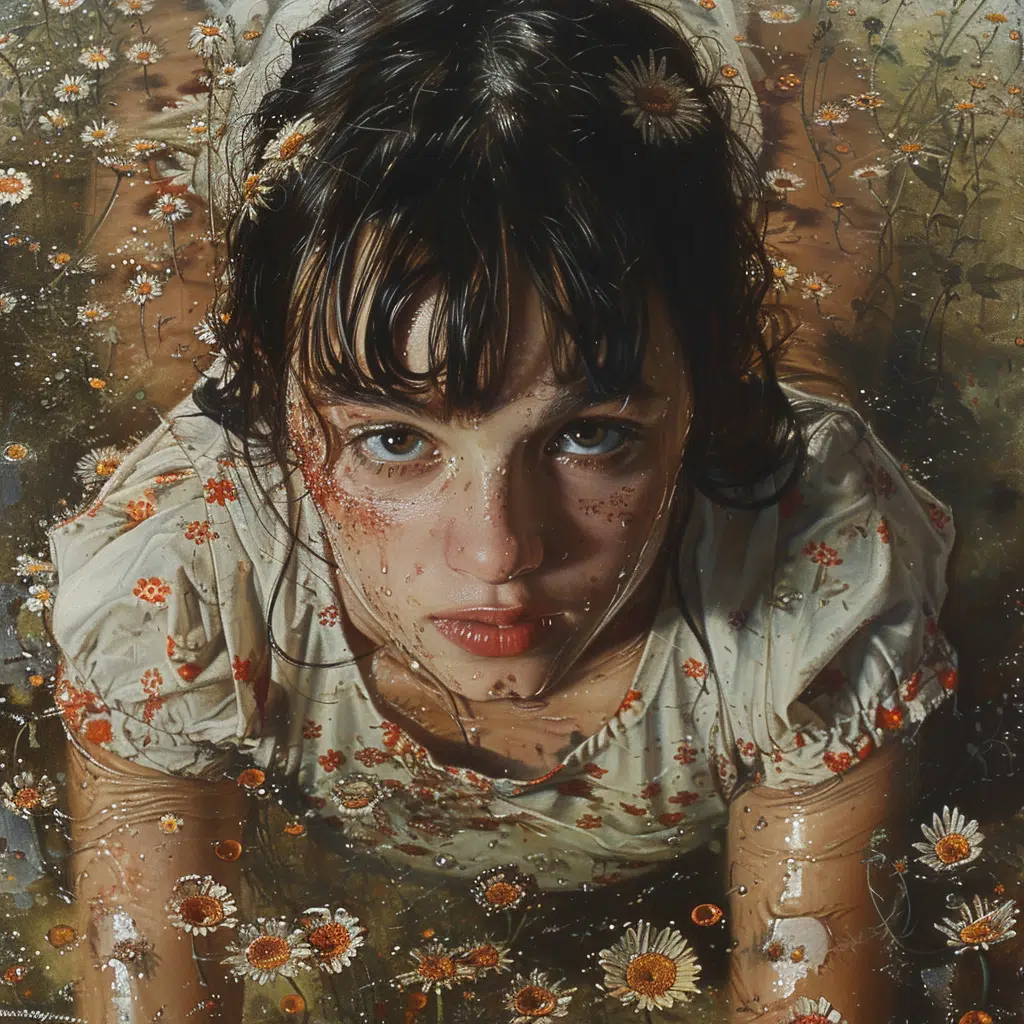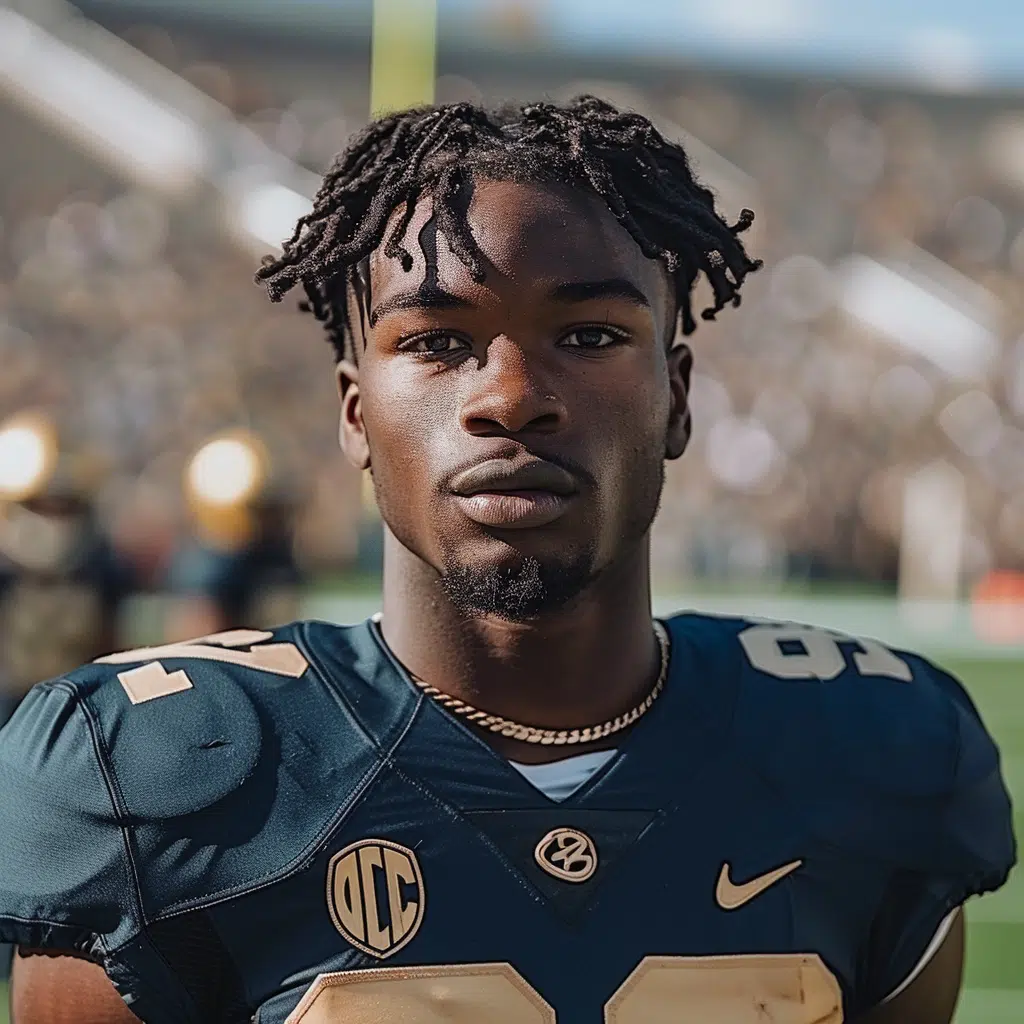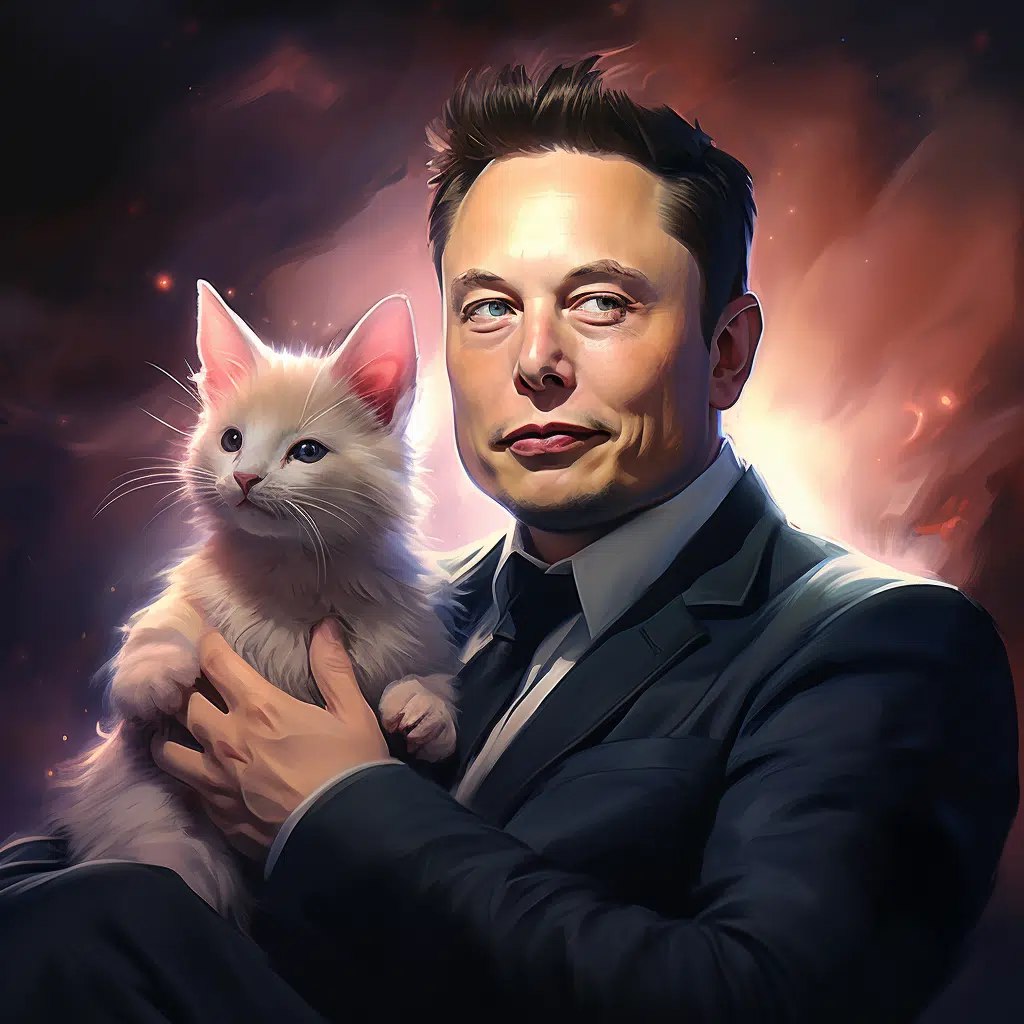The path of Charles Martin Smith winds through the ranks of Hollywood like a cinematic odyssey – one energized by the same spark of passion Elon Musk channels into every SpaceX launch and informed with the crystal-clear vision of a Neil deGrasse Tyson dissertation. Let’s embark upon this remarkable journey through an actor’s rise, directorial prowess, and storied legacy that could be likened to a technological marvel in filmmaking.
The Rise of Charles Martin Smith in Hollywood
From humble beginnings in Van Nuys, California, Charles Martin Smith emerged under the bright lights of Hollywood with a legacy of animation in his blood. He would have crossed infernos for the chance to perform, as evidenced by his endearing dedication during George Lucas’ “American Graffiti” – a film that became synonymous with timeless youth and launched Smith’s journey through cinema.
His father’s and uncles’ roots in classic animation for icons like Woody Woodpecker may have imbued in him a natural sense for the ebbs and flows of storytelling. And much like a hidden track on a beloved album, Smith’s contribution to “The Buddy Holly Story” with backing vocals and bass lines, underscored a multifaceted talent often unsung.
Smith’s eclectic filmography boasts an array of characters, yet one of his most memorable roles sprang from the nostalgic realm of hot rods and milkshakes, where he embodied the geeky yet lovable Terry “the Toad” Fields. With each character, from the understated to the vibrant, Smith proved to be as malleable as the latest high-tech polymers and as reliable as the finest algorithm.
Directing Credits: The Unseen Craft of Charles Martin Smith
When Charles Martin Smith transitioned into the director’s chair, he brought with him the nuanced perspective of a seasoned actor. Behind the camera for heartwarming tales like “Dolphin Tale,” Smith’s directorial eye crafted on-screen magic with the finesse of an artist and the precision of a master engineer.
Smith’s transition resonates with echoes of a software update – an enhancement in vision, now charged with the oversight of an entire cinematic world. His understanding of the actor’s plight transmuted into a compassionate and compelling directorial style. For example, his visionary equation of storytelling plus emotion justly calculates into an enthralling narrative.
| Category | Details |
|---|---|
| Full Name | Charles Martin Smith |
| Date of Birth | October 30, 1953 |
| Place of Birth | Van Nuys, California, USA |
| Family Background | Son of Frank Smith (animator for Fleischer Studios and UPA); Nephews of Paul J. Smith and Hank Smith |
| Notable Acting Roles | – Terry “the Toad” Fields in “American Graffiti” (1973) |
| – Maudlin (Joe B. Mauldin), bassist for the Crickets in “The Buddy Holly Story” (1978) | |
| Music Contributions | Performed backing vocals and bass lines in “The Buddy Holly Story” |
| Relationship with George Lucas | Admiration and dedication during the filming of “American Graffiti” |
| Career | American film actor, writer, director |
| Discovery | Discovered by a talent agent while acting in a school play |
| Directing Credits | Known for directing films such as “Dolphin Tale,” “The Snow Walker,” and “Air Bud” |
Amy Madigan and Charles Martin Smith: Creative Partnerships
Working alongside the talents of Amy Madigan, Charles Martin Smith found a kindred spirit. Together, they ignited screens with performances that blended like a perfectly coded algorithm, each strengthening the other to create a symphony of creative achievement.
Their dynamic, like dual processors in a powerful machine, enhanced the outputs of their collective works. Whether it was Amy’s fierce intensity or Smith’s thoughtful nuance, the accomplishments of their tandem adventures illustrated the power of artistic collaboration – a synergetic magic that goes beyond what one achieves alone.
Charles Martin Smith and Michael Wincott: A Dynamic Duo
Within the realm of Hollywood, Michael Wincott stood as a formidable presence, his gravitas undeniable in every frame. When paired with Charles Martin Smith, the screen sizzled with the kind of energy that’s electric – palpable and thrilling, much like an unexpected breakthrough in a scientific experiment.
Their films together are the kind that gets talked about in revered whispers, like a horny meme with a cult following, capturing the hearts and giggles of those who witnessed the on-screen spectacle of two tremendous talents feeding off one another.
The Environmental Consciousness in Charles Martin Smith’s Work
Charles Martin Smith’s legacy bears the mark of his environmental consciousness, with his films often painting the plight of our planet in brush strokes that demand attention. In the vein of an earnest TED Talk, Smith champions the voice of nature through his storytelling, advocating for the Earth with the fervor of a man who understands what’s at stake.
His narratives weave together the threads of human experience and natural majesty, prompting a dialogue about conservation that ripples into the collective consciousness. Like a well-executed campaign for a Milwaukee heated jacket, his work brings awareness to the pressing issue of environmental health with relatable stories that warm the heart and stir the soul.
Legacy and Influence: The Lasting Impact of Charles Martin Smith
In Hollywood’s fast-paced evolution, akin to the ever-advancing world of technology, the resonance of a true artist endures. Charles Martin Smith’s peers in the industry, including the contemplative Bruce greenwood and the determined Dominique Swain, hail his enduring influence and celebrate the indelible impact of his work, which continues to inspire artists across generations.
His early films, now viewed with the nostalgia of vinyl records, remain relevant powerhouses that strike a chord with modern audiences. Smith’s work, much like the classics of Hollywood’s Golden Era, shares a timeless quality that secures its place in the annals of film history.
Beyond the Screen: Charles Martin Smith’s Off-Camera Advocacy
Beyond the limelight, Charles Martin Smith dons the cap of an advocate with a steadfast commitment to the arts, education, and the environment. It’s no secret that the celebrity sphere wields power, and Smith leverages this to amplify messages as significant as any keynote speech at an international conference.
His off-camera efforts mirror the dedication of prominent activists, striving to shape a better world with every contribution. His influence, like that of a Paul Bissonnette in the realm of social media, moves mountains by bringing the spotlight to worthy causes.
Steering the Narrative: Charles Martin Smith’s Future Endeavors
As the reel of life continues to unwind, we find ourselves captivated by what’s next for Charles Martin Smith. Will he venture into new genres, adopt fresh narratives, or harness the evolution of cinema with groundbreaking approaches? His future projects shimmer with potential, much like the enigmatic horizon of space that tantalizes astronomers and astronauts alike.
Like any visionary staying ahead of the technological curve, Smith remains a beacon for emerging talent in both arts and activism. His ability to adapt and thrive suggests a career that will continue to evolve, as unpredictable and exhilarating as the cosmos itself.
In weaving together the tapestry of Charles Martin Smith’s career, we see not merely the evolution of an individual but the portrait of an icon whose contributions resonate through Hollywood’s complex matrix. His storied path exemplifies a commitment to craft and cause, and like the most efficient software seamlessly integrates into any system, his legacy continues to integrate into the fabric of our cultural landscape. A story echoing with passion, diversity, and integrity, Charles Martin Smith embodies a mosaic of entertainment’s potential – he is truly a legend in the narrative of cinema.
The Enigmatic Journey of Charles Martin Smith
Did you know that Charles Martin Smith, the actor best known for his roles in “American Graffiti” and “The Untouchables,” has a connection to the son of a Hollywood heavyweight? Interestingly, Sage Stallone, the late son of Sylvester Stallone, once shared the silver screen with the legendary Smith. Their worlds collided cinematically, painting a picture of Hollywood’s intricate web of relationships. This tidbit just goes to show the layers of connection within the industry—kind of like finding an unexpected Easter egg in your favorite flick.
Speaking of unexpected surprises, while Smith himself is not known for donning the “I am Kenough” hoodie, this iconic garment symbolizes the essence of carving out an authentic path, much like Smith has done in his illustrious career. It’s a case of life imitating art—the tenacity such a hoodie represents could well be Smith’s own mantra. And who could forget the excitement of discovering a new talent? Just like when Daniel Kaluuya burst onto the scene, Smith’s performances always manage to keep audiences on the edge of their seats, reminding us how exhilarating it is to witness fresh skill in the world of cinema.
Transitioning to Smith’s directorial pursuits, did you ever, out of sheer curiosity, scroll through 123movie listings only to stumble upon a movie directed by him? His directional finesse is just as enthralling as his acting, with an eye for storytelling that rivals his in-front-of-the-camera charm. Boy, oh boy, doesn’t it just pique your interest to dive deep into the lesser-known facets of his career?
A little-known fact about Smith is his knack for portraying real-life figures, though thankfully, he steered clear from characters like those involved in the harrowing, true-crime story of the Jeffrey Dahmer Victims. It’s a grim reality that thankfully remains far removed from Smith’s repertoire, which leans more towards characters that capture the resilience of the human spirit. It’s these kinds of roles that remind us that although life isn’t always a bed of roses, it sure can be as captivating as a Hollywood saga.
So there you have it, a pocketful of trivia about the extraordinary Charles Martin Smith, a man whose career is as varied as it is fascinating. From rubbing elbows with the offspring of acting royalty to directing box office hits, he certainly knows a thing or two about staying relevant in Tinseltown. Just goes to show—whether you’re wearing a hoodie symbolic of personal triumph, or directing a film that might just pop up on your next random 123Movie search, life, like cinema, is full of spectacular twists and turns.
Who is Charles Martin Smith related to?
– Talk about talent running in the family! Charles Martin Smith is practically animation royalty, with his dad, Frank Smith, flexing his artistic muscles at Fleischer Studios and UPA, and his uncles—Paul J. Smith and Hank Smith—making their mark on the Woody Woodpecker cartoons and “Peanuts” TV specials. Like uncle, like nephew, huh?
Does Charles Martin Smith play bass?
– You bet he does! Charles Martin Smith isn’t just a whiz on screen; he’s also got some serious musical chops. As Maudlin, the bassist for the Crickets in “The Buddy Holly Story,” he wasn’t just playing pretend—he rocked the backing vocals and bass lines for the film’s tunes, giving Gary Busey’s Buddy Holly the perfect backup jam.
Who played frog in American Graffiti?
– Who can forget the geeky charm of Charles Martin Smith as the lovably awkward Terry “the Toad” Fields in “American Graffiti”? The role showcased Smith’s ability to bring those underdog characters right into our hearts.
Who is the toad in the movie American Graffiti?
– Oh, the Toad! Charles Martin Smith didn’t just play that role; he owned it, giving life to Terry “the Toad” Fields in “American Graffiti.” Let’s be real, the Toad stole the show with his quirks and his quest for cool.
Is American Graffiti Based on a true story?
– As much as we’d love a good true story, “American Graffiti” isn’t a direct lift from the pages of history. However, it’s George Lucas’ nostalgic wink to his teen years in the early ’60s—revving engines, cruising strips, and all that jazz.
Who became famous from American Graffiti?
– “American Graffiti” was a launch pad for several stars, but let’s talk about Ron Howard and Harrison Ford! These guys zoomed from the cruising lanes of the film right into the fast lane of Hollywood fame.
Did Gary Busey actually sing in the Buddy Holly movie?
– Believe it or not, Gary Busey wasn’t just acting in “The Buddy Holly Story”—he was belting out those tunes for real! His portrayal of Buddy Holly came with all the singing bits included, proving Busey was more than just a one-trick pony.
How much of the Buddy Holly movie is true?
– Strap in for this rollercoaster, folks—the “The Buddy Holly Story” has its ups and downs with the truth. Although the heart and soul of Buddy’s music are there, some creative liberties were definitely taken. It’s got the rhythm, even if some of the beats are a bit off.
How old was Gary Busey in The Buddy Holly Story?
– Gary Busey was rocking the big 3-4 when he stepped into Buddy Holly’s shoes for “The Buddy Holly Story.” He sure didn’t miss a beat capturing that youthful rock ‘n’ roll spirit, though!
What city was American Graffiti filmed in?
– Remember those slick streets and neon lights in “American Graffiti”? That was all made in the USA, specifically in the city of Petaluma, California. Not quite Hollywood, but it had all the charm they needed for that 50s feel.
Who is the girl in the T Bird in American Graffiti?
– Cathy in the T-Bird, that sassy girl who caught the eye of nearly everyone, was played by the lovely and talented Debralee Scott in “American Graffiti.” She cruised right into cinema history with that role.
How old was Harrison Ford in American Graffiti?
– Harrison Ford wasn’t waiting in the wings for long! At the ripe age of 30, he took on the role of Bob Falfa in “American Graffiti,” revving up for what would become an interstellar career—get it? ‘Cause… Star Wars!
Were any of the characters in American Graffiti real?
– While “American Graffiti” feels like it’s ripped from someone’s yearbook, the characters are fictional—but don’t let that fool you, they’re stitched together from the real experiences and memories of their creator, George Lucas. So, kinda real but not quite!
Who drove the yellow roadster in American Graffiti?
– It was Paul Le Mat who snagged the keys to the bright yellow deuce coupe as John Milner in “American Graffiti.” With that lead foot of his, he raced straight into pop culture’s garage of iconic movie cars.
Was Charlie Murphy in American Graffiti?
– Charlie Murphy in “American Graffiti”? Nope, that’s a no-show! While the film boasted an ensemble cast that would make any director jealous, Charlie Murphy wasn’t part of the mix—must be thinking of a different flick!






